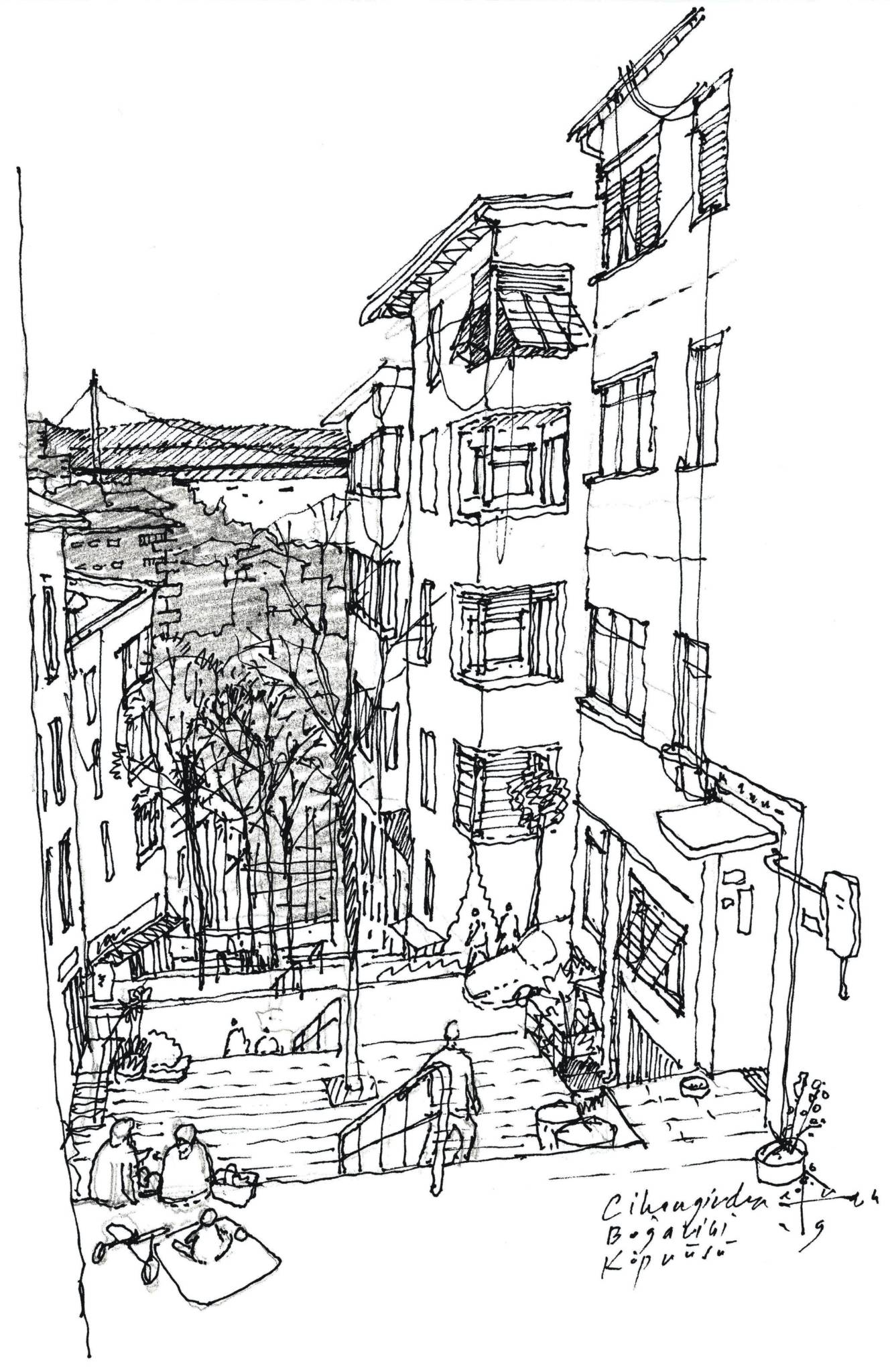
İstanbulin
19 March - 19 March
Writer, illustrator, and architect Ertuğ Uçar’s ninth book, İstanbulin, has been published.
In this book, Uçar offers his observations of a city he navigates and feels part of, told in a fluid and simple language where fiction and reality blend seamlessly. The sketches he draws during his wanderings bring the stories to life, drawing the reader into both the narrative and the city itself.
Ertuğ Uçar is an architect. Continue his professional life as the partner of Teget Architecture Office. Some of Teget’s notable works include the Beşiktaş Naval Museum, the İşbank Art and Sculpture Museum, and the Yapı Kredi Culture and Arts Center. In this book, he tries to understand Istanbul as it is — with all its beauty and ugliness. Roaming through the city, becoming one with it, he transforms his observations about the city and its inhabitants into writing and sketches, weaving together fiction and truth.
İstanbulin is a storybook
Time: Today. Setting: Istanbul. Characters: First and foremost, the city itself — then the people and animals; trees and boats; slopes and buildings.
The common narrator across all the stories turns the book into a fragmented urban novel. As this narrator wanders through the layers of Istanbul — in its stepped streets, cemeteries, underpasses, and bazaars — the strange yet ordinary events they encounter reveal how daily life in Istanbul can turn into a fantasy. The book speaks of the city’s quiet miracles, and above all, how these miracles are always available to anyone who walks and opens themselves up to the city.
İstanbulin is a guide
Instead of the typical guidebook filled with monuments, mosques and churches, sultans and legends, İstanbulin speaks of different things: boat houses and slopes, passageways and tea houses, forked roads and boats, palm trees and bazaars, cats and parrots.
İstanbulin is a book of Istanbul
If you’d like to explore the city through the routes of its stories and alongside its characters — to see the city through a fresh lens — İstanbulin awaits you on the shelves.
From the author, on the title:
"İstanbulin means something specific in my mind: an adjective used to describe the charming aspects of Istanbul. It might be the accidental beauty of a landscape composition unique to garden courtyards overlooking the Bosphorus, or the eclectic atmosphere of a waterside mansion room where Edirnekârî ornamentation meets Kufic scripts, baroque embellishments merge with Chinese porcelain — something that could only exist in Istanbul. It might be the distinct winter afternoon light over the Bosphorus, or the view at the end of a stairway inhabited by cats, descending toward the sea. This book is a collection of such İstanbulin things."
